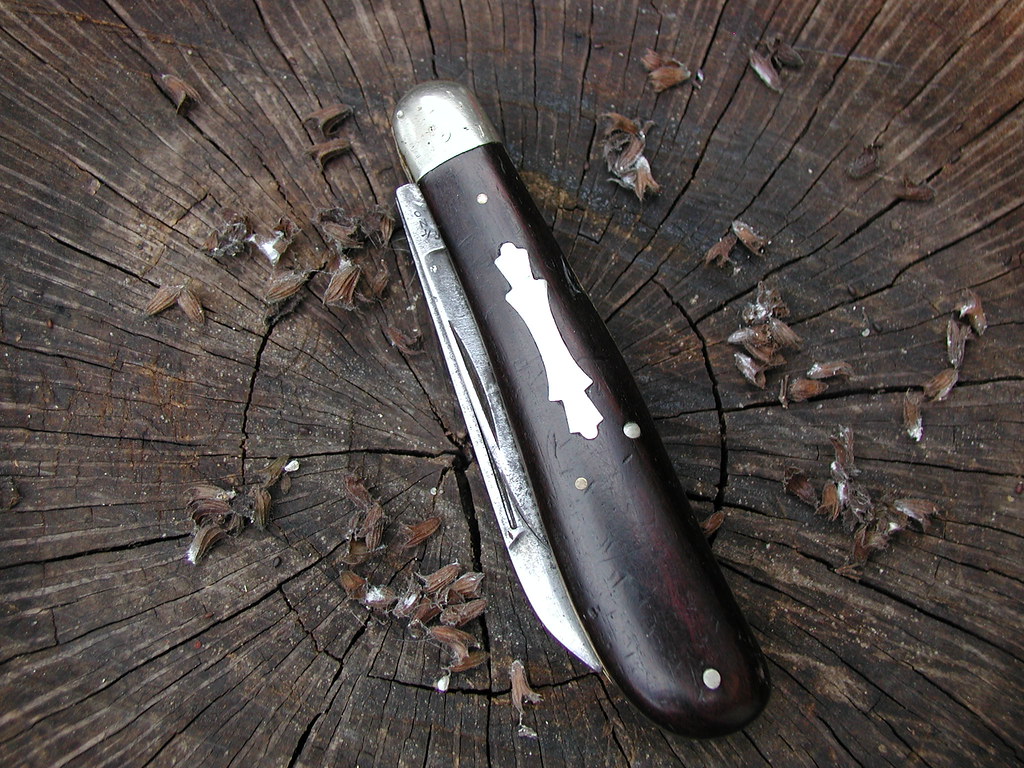- Joined
- Jun 30, 2005
- Messages
- 4,251
So I have always wondered about the origin of the "Eureka" part of this style of jack knife came about. Was it made in Eureka, Oregon? Did some cutler hold up his new style of jack knife and say "Eureka, Ive done it!"?
I turn to those here with more knowledge than me for the answers.
I turn to those here with more knowledge than me for the answers.






